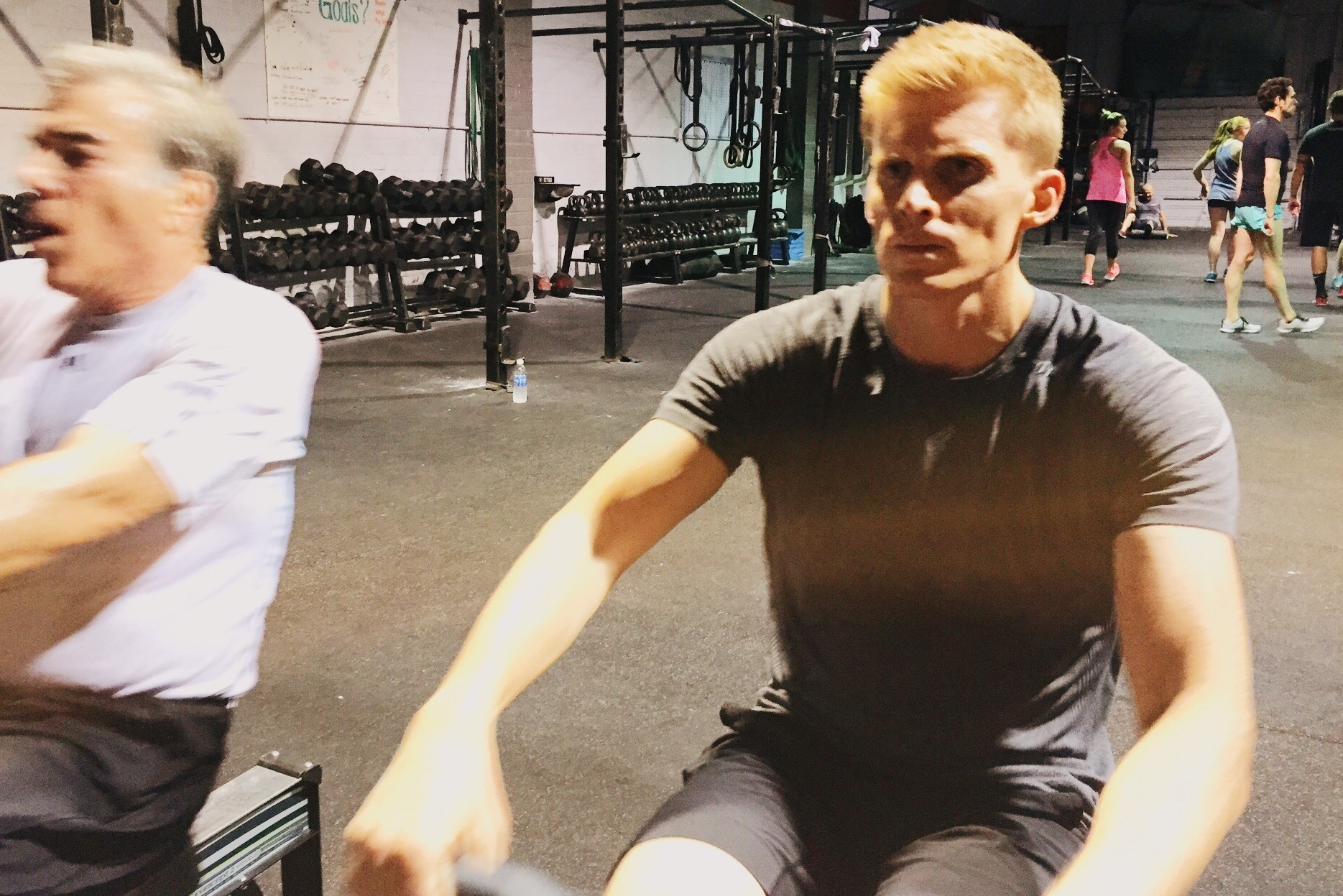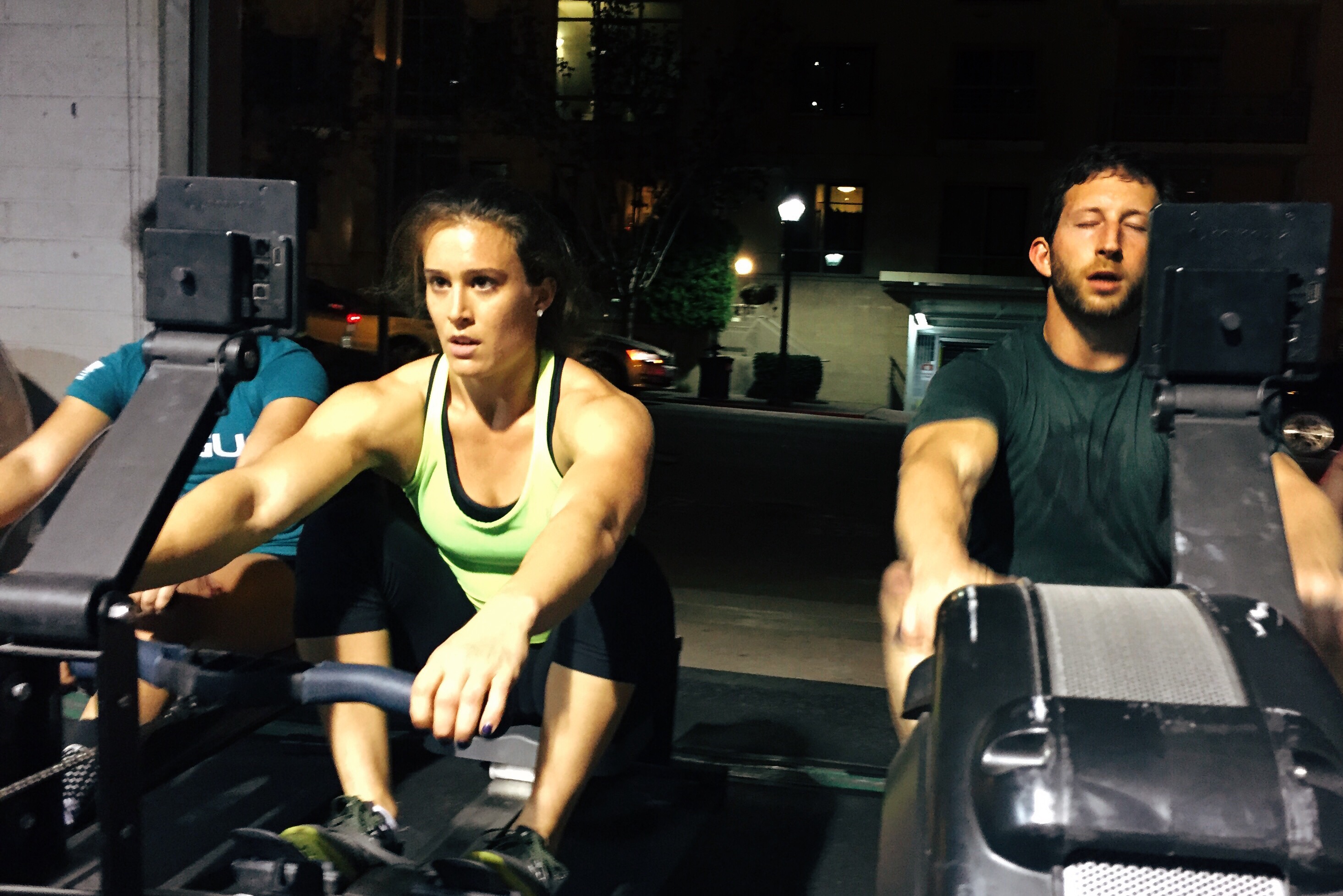
How to Gauge Your Performance and Pace With Rowing
If someone were to ask you today what your 2k row time is, your max deadlift, or your “Fran” time, you would be able to answer them without hesitation. These are numbers that you’re proud of and use in everyday training.
But what happens when you ask yourself about percentages? Calculating a percentage of weight is easy. It’s simple math. But how would you row a 2k at 87% effort? What if your coach programs a double “Fran” at 80%? How do you gauge your performance? Let us explain.
A few months ago, we published an article on our blog about Why rowing is the most adaptable tool in your training. We explained how rowing is very close to functional fitness movements regarding how your body moves and how it is creating a perfect adaptation. We also told you with the help of the rowing machine you can easily imitate certain feelings on exact effort levels.
The Importance of Power Output
In physics, power is the rate of doing work. It is the amount of energy consumed per unit time, also known as work over time. Work is force times distance. Basically, your power output is depending on 3 variables: Force, Distance and Time. But to figure out every detail and variable you either need to be well educated in exercise physiology or have a lot of your own data. This is where the rowing machine can help.
Over the past 40 years, Concept2 has been working hard to develop software that can precisely calculate power output. The unit of power is measured watts, and surprisingly you can choose them as a unit of measurement on your performance monitor. All the variables you need are measured every second in front of your eyes, giving you direct feedback on your output.
How to Use the Numbers
Every piece you row can be translated to average watts, or otherwise known as power output. Knowing this, you can reference this number to calculate the percentage of output for any given workout. Seems simple right? But how many times are you actually rowing for watts?
Despite a few small tests you will never row for watts. You row for time, distance, or calories. Fortunately, with the watts calculator, you can easily convert pace to watts. You then can also calculate watts back to a 500m average pace. You can do this by using the performance monitor memory to check wattage by pushing the “Units” button until it displays watts. By gauging power output you can begin to develop a feel for different levels of intensity on and off the erg.

Developing Levels of Fatigue
Since the carry-over from rowing to other sports and fitness programs is often similar in terms of movement, power output generates close to the same feeling. Basically doing Fran at 76% should feel pretty much like rowing at the same percentage. The key is practice. The more you learn about your own power output, which by the way changes during your training, the better you are able to scale your training or and better understand how to push when it comes to a competition.
Getting Better with Experience
There are a few things you can do to learn more about gauging your efforts. First, you need to test basic distances to set markers. Then, you need to become efficient in rowing to be able to set the least biased baseline performances. Once you have a good understanding of your power output and you get closer to your potential, you can dial in the feel of a certain level of effort more accurately.
Through an 8 week program at Dark Horse Rowing you learn a lot about technique and different effort levels at different settings. With structured workouts, we gauge your cadence and speed to help you find your peak power output.
No products in the cart.


